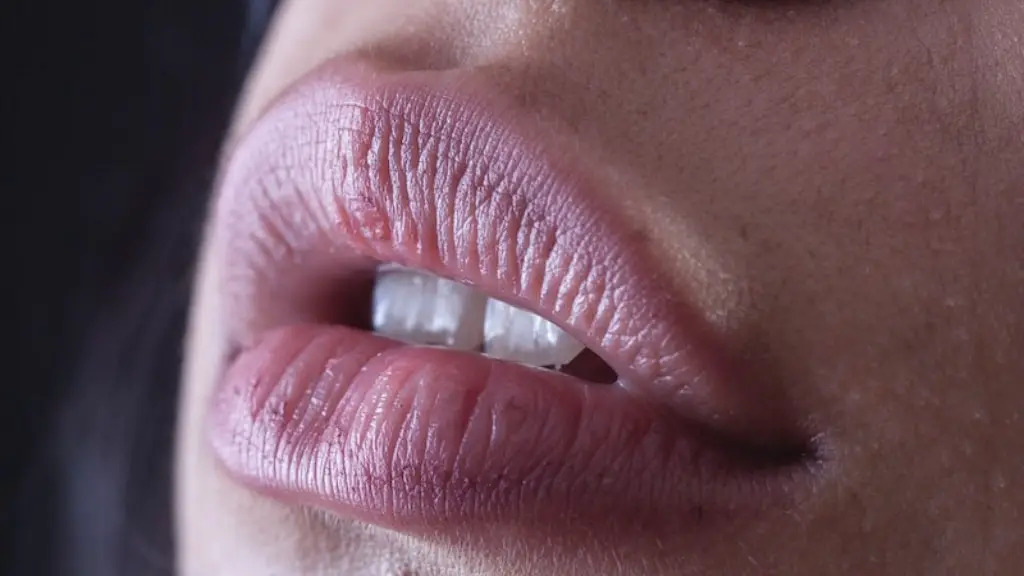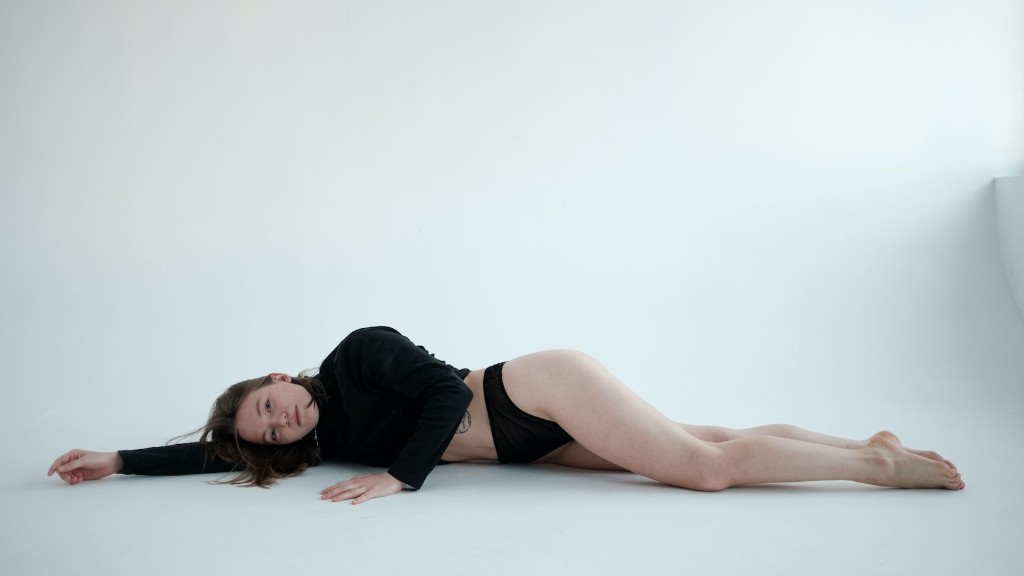A hyperbole is an exaggeration used for emphasis or comedic effect. In “To His Coy Mistress,” the speaker uses hyperbole to express the urgency of his desire for the woman he loves. Time is a major theme in the poem, and the speaker uses hyperbole to convey the idea that time is running out for them to be together.
“To His Coy Mistress” by Andrew Marvell is filled with hyperboles. For example, the speaker compares his love for his mistress to a “flood” that would “engulf” her (line 9). He also compares time to a “gentle progress” (line 21) and his love to an “eternal batteries” (line 23).
What literary devices are used in To His Coy Mistress?
Figurative language is a great tool for poets to use in order to emphasize certain points or images. In the poem, Marvell uses various forms of figurative writing to express his desire and lust for his mistress who is playing hard to get. He uses said figurative language to emphasize the points he makes in an attempt to seduce her and have her now instead of waiting. By using figurative language, Marvell is able to create a more vivid and sensual picture for the reader, making his point more clear and effective.
Andrew Marvell uses numerous forms of figurative language in his poem “To His Coy Mistress” to express his love for her. He uses metaphors comparing his love to plants because it expresses how his love for her is everlasting and continually grows, and he compares it to time to express how his mistress and he don’t have much time to spend together.
What imagery is used in To His Coy Mistress
In “To His Coy Mistress,” the poet Andrew Marvell uses imagery to contrast the union of lovers with the union of worm and corpse. By doing so, he suggests that since death is inevitable, the postponement of earthly pleasures is a waste, not a virtue.
The poet uses personification in the phrase “Time’s winged chariot”. He also uses allusion and metaphor in the poem. In the last line, the poet personifies the sun and says it will make him run.
Which literary device has been used in his poem?
Alliteration is a common literary device used in poetry and prose. It is often used to add rhythm or emphasis to a passage. Alliteration occurs when the same sound begins consecutive words or when words close together have the same sound.
Metaphor, alliteration and imagery are all powerful tools that can be used to great effect in writing. A metaphor is a figure of speech that uses one thing to represent another, often in a way that is more evocative or expressive than using the literal words. Alliteration is the repetition of the same sound at the beginning of multiple words in a phrase or sentence, and can be used to create a sense of rhythm or to emphasize certain words. Imagery is the use of vivid, descriptive language to create pictures in the reader’s mind, and can be used to make a scene or character more real and vivid.
What are the figurative languages used in the poem?
Poets use figures of speech to enhance their poems and to create different effects. Some of the most common figures of speech are similes, metaphors, personification, hyperbole, and understatement. Each one creates a different effect and can help to convey the poet’s message in a more powerful way.
In Zora Neale Hurston’s novel Their Eyes Were Watching God, she uses metaphors to emphasize the main character Janie’s journey to find her true self. The most prevalent metaphor in the novel is the image of the pear tree. The pear tree represents Janie’s growth as a person and her search for her own identity. Janie is often described as being “in bloom” or “flowering” which symbolizes her coming into her own as a woman. Another metaphor used throughout the novel is the mule. The mule is a symbol of Janie’s hard work and determination. It is also a symbol of her freedom, as she is no longer tied to her husband or the constraints of society.
Why does Fitzgerald use figurative language
Figurative language is a tool that writers use to create layers of meaning in their work. In The Great Gatsby, Scott Fitzgerald uses figurative language to develop themes of money, the American Dream, love, and romance. By doing so, he is able to make arguments and give examples that are dynamic and complex.
For example, when Fitzgerald describes the Buchanans’ lavish lifestyle, he uses figurative language to paint a picture of wealth and excess. This allows him to comment on the shallowness of the American Dream, which is something that many characters in the novel are pursuing.
Similarly, when Fitzgerald describes Gatsby’s love for Daisy, he uses figurative language to create a sense of passion and longing. This allows him to explore the idea of love being something that is ultimately unrequited and unfulfilling.
Overall, Fitzgerald’s use of figurative language allows him to create a rich and textured novel that comments on a variety of complex themes.
The speaker argues that the flea represents the religious connection between him and the person he is speaking to. He believes that by killing the flea, she is harming not only him, but herself as well.
What figure of speech is her heart sank?
The phrase ‘my heart sank’ is an idiom. This means that it is a figure of speech which is a commonly used phrase that cannot be interpreted literally. It does not mean that someone’s heart really ‘sank;’ it means that the person lost faith or hope, or has experienced a great disappointment.
Personification is a figure of speech that gives human characteristics to nonhuman objects. Figurative language is language that is not meant to be taken literally. A simile is a figure of speech that uses “like” or “as” to compare two things.
What figure of speech is what though death at time
In this figure of speech, death is personified as an entity that interrupts or interferes in life. This could be interpreted to mean that death is something that is unpredictable and can happen at any time, even when we are least expecting it.
Anaphora, enjambment, consonance, and euphony are all literary devices in poetry. They are all important poetic devices, and your poetry will be greatly enriched by mastery over them.
What is the 10 literary device?
Simile, metaphor, personification, hyperbole, imagery, symbolism, flashbacks, foreshadowing are all literary devices that are commonly used in creative writing. They are all ways to enhance a piece of writing and make it more interesting, vivid and expressive.
Hyperbole is a literary and rhetorical device that is used to make a point or to emphasize a particular situation. It is characterized by extreme exaggeration, often to the point of absurdity. While it is often used for comic effect, it can also be used to make a serious point.
What figure of speech is hyperbole in a thing of beauty is a joy forever
Epigrams are short, clever poems that often make a wry or humorous statement. This one is making the point that beauty is more than skin deep.
There are a variety of poetic devices that can be used in order to add creativity and depth to a poem. Here are five common devices and their uses:
1. Alliteration: This is when consecutive words or syllables begin with the same sound. Alliteration can be used to create a rhythmic or musical effect, and can also help to highlight certain words or ideas.
2. Caesura and enjambment: A caesura is a natural pause in a line of poetry, often created by a word or punctuation mark. Enjambment occurs when a line of poetry runs on to the next line without a pause. These devices can be used to create a sense of flow or movement in a poem.
3. Imagery: Imagery is the use of vivid and descriptive language to create mental images. Imagery can be used to evoke certain emotions or sensations, and can help to paint a picture in the reader’s mind.
4. Juxtaposition and oxymoron: Juxtaposition is the placement of two contrasting things side by side. An oxymoron is a figure of speech that combines two contradictory terms. These devices can be used to create tension or irony,
Warp Up
“To His Coy Mistress” is full of hyperboles. The speaker compares his love for the woman to seemingly endless objects and concepts, such as “an hundred years” (line 3), “deserts of vast eternity” (line 9), and “amorous birds of prey” (line 19). By exaggerating the length of time and space between them, the speaker is able to emphasize the depth of his love.
In conclusion, “to his coy mistress” is full of hyperboles. The speaker exaggerates his love for the woman, and his regret for not having more time with her.





